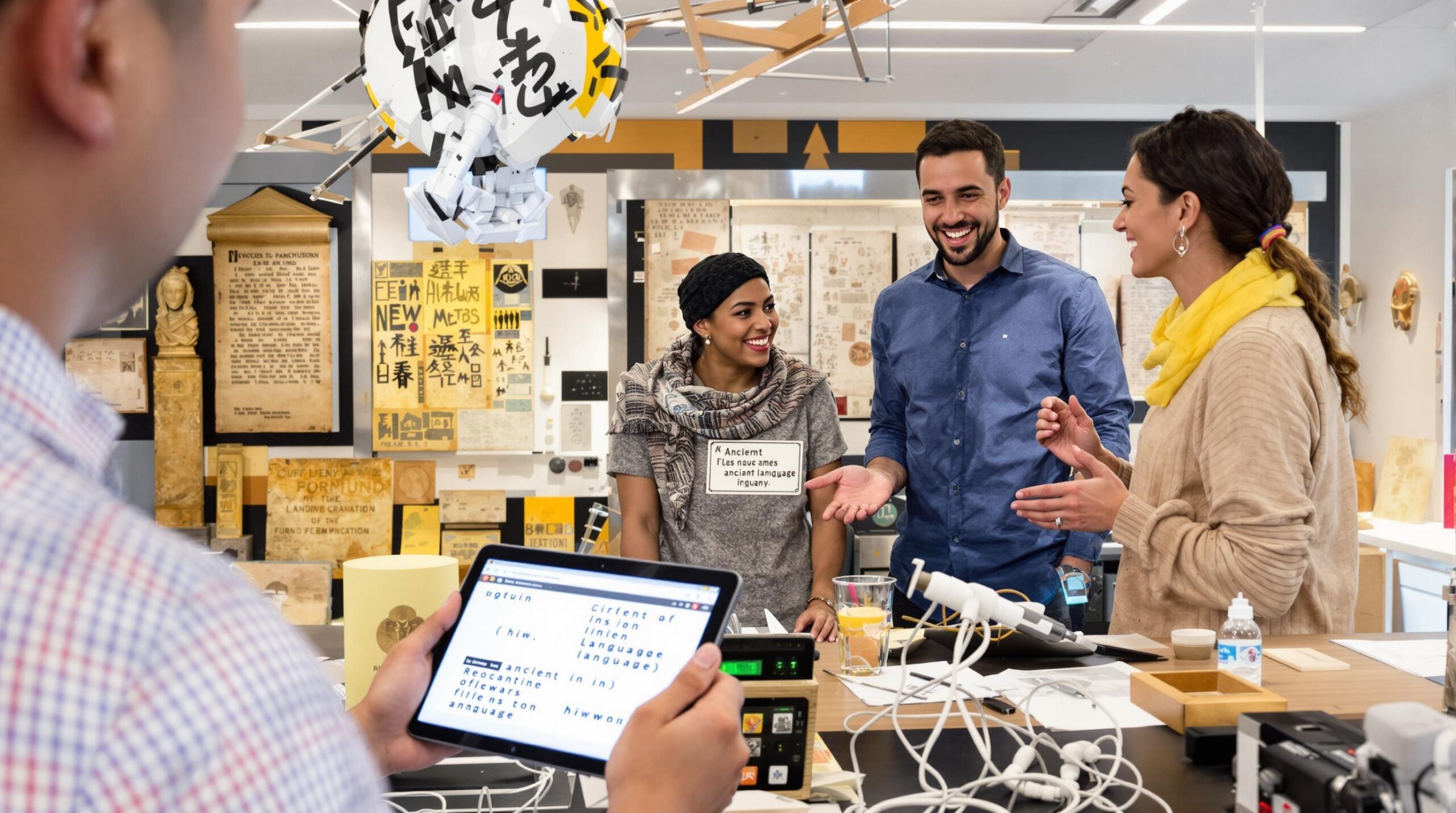Ancient languages once at risk of fading into oblivion are being revitalized, thanks to advancements in artificial intelligence technology. These innovations foster a renewed interest in linguistic history while bridging cultural divides. AI-powered translation tools make it possible to interpret and communicate in languages that many thought were lost to time.
The Challenges of Ancient Language Preservation
Languages such as Latin, Ancient Greek, Sanskrit, and Sumerian face severe hurdles to survival. Fewer fluent speakers exist, and original sources can be rare and fragmented. Traditional preservation efforts rely heavily on scholars, linguists, and painstaking manual translation. Academic approaches, while invaluable, often move slowly and are resource-intensive.
Moreover, ancient texts frequently contain idioms or context-dependent meanings. Nuances get lost in translation, creating challenges for both expert and casual interpreters. This situation prompted many to search for innovative ways to document, access, and share knowledge embedded in ancient languages.
How AI Revolutionizes Language Decipherment
Artificial intelligence tools harness massive datasets from digitized texts, inscriptions, and scholarly works. Machine learning models analyze these data sources, identifying patterns, vocabulary, and grammatical rules. This process enables AI to generate accurate translations of ancient scripts.
Neural networks enhance the learning process by adapting to complex and rare linguistic structures. AI can decipher languages previously considered indestructible puzzles, such as Linear B or Egyptian hieroglyphs. These models even propose interpretations for previously untranslated fragments, guiding further human analysis.
Constant iterations and improvements in algorithms help refine translation accuracy. These tools evolve as more data is introduced, yielding increasingly sophisticated results over time. AI technology thus offers dynamic translation ability that far surpasses traditional methods.
Real-Time Translation: A Game-Changer for Ancient Languages
Historically, learning an ancient language could require years of study. Now, AI-driven applications offer real-time translation of texts, audio, and even inscriptions. By leveraging cloud computing and mobile apps, users can instantly access translations from anywhere in the world.
These immediate translations open doors for both scholars and enthusiasts. Museums, universities, and archaeological sites deploy AI translation devices to interpret artifacts for visitors. Travelers and history buffs can translate tablets, papyri, and manuscripts on-site, without expert supervision.
The increased accessibility of these translations leads to greater public engagement with ancient cultures. AI acts as a bridge, connecting the past to the present in ways never before possible. This impact continues to grow as more people interact with heritage materials in their original languages.
Enriching Research and Education
Academic researchers benefit significantly from AI-based translation tools. These tools expedite the processing of large document sets, accelerating discovery and understanding. Access to translated manuscripts and inscriptions allows for broader comparative studies between different historical periods and regions.
Educators now have new opportunities to introduce students to ancient languages, culture, and history. Real-time translation makes learning interactive and immersive. Classrooms equipped with AI programs can translate stories, poems, and legal documents, offering unique insights into ancient societies.
Furthermore, collaborative projects bring together experts from computer science, linguistics, and the humanities. Working across disciplines, they refine models and improve accuracy, ensuring translations remain as faithful as possible to the original intent.
Preserving Endangered Languages with AI
The significance of AI translation extends beyond well-known classical languages. Hundreds of indigenous and minority languages are endangered, with some teetering on the brink of extinction. AI tools have developed the capacity to document and translate these languages with remarkable precision.
Field linguists can record spoken samples, which AI algorithms then transcribe and translate in real time. This method preserves oral traditions and folklore that may otherwise be lost with the passing of elder speakers. Community members gain digital access to their linguistic heritage, encouraging revitalization efforts.
Ethical Considerations and Limitations
Despite tremendous potential, AI-driven translation raises ethical and practical concerns. Misinterpretation or bias embedded in algorithms can lead to inaccurate representations of important texts. Language and culture are deeply intertwined, and literal translations often miss subtleties or cultural references present in original works.
Scholars stress the need for transparency, community involvement, and continuous validation by human experts. Responsible development acknowledges local customs, ownership, and consent, especially when working with living indigenous communities. Trust between technology developers and language holders ensures ethical preservation and use of linguistic data.
The Future of Ancient and Endangered Language Translation
AI technology promises a future where no language is truly lost. Continuous advances in machine learning, natural language processing, and multimodal translation support ongoing preservation and revitalization. These tools can learn voice inflection, dialectal variation, and contextual meaning with increasing precision.
Partnerships between technology companies, universities, and cultural organizations foster supportive ecosystems. Open-source platforms allow communities to participate in the documentation and improvement of their languages. This collective effort strengthens the relationship between people and their linguistic heritage.
Emerging technologies such as augmented and virtual reality stand to enrich experiences further. Immersive environments can reconstruct ancient settings, complete with AI-driven language translation for deeper engagement. Such initiatives highlight the growing influence of AI on preserving humanities’ shared past.
Conclusion
AI-driven real-time translation transforms how society interacts with, preserves, and revitalizes ancient and endangered languages. These technologies inspire fresh approaches to linguistic preservation and education, connecting present and future generations to their cultural roots. With continued responsible innovation and collaboration, AI will keep breathing new life into the languages of the past.

